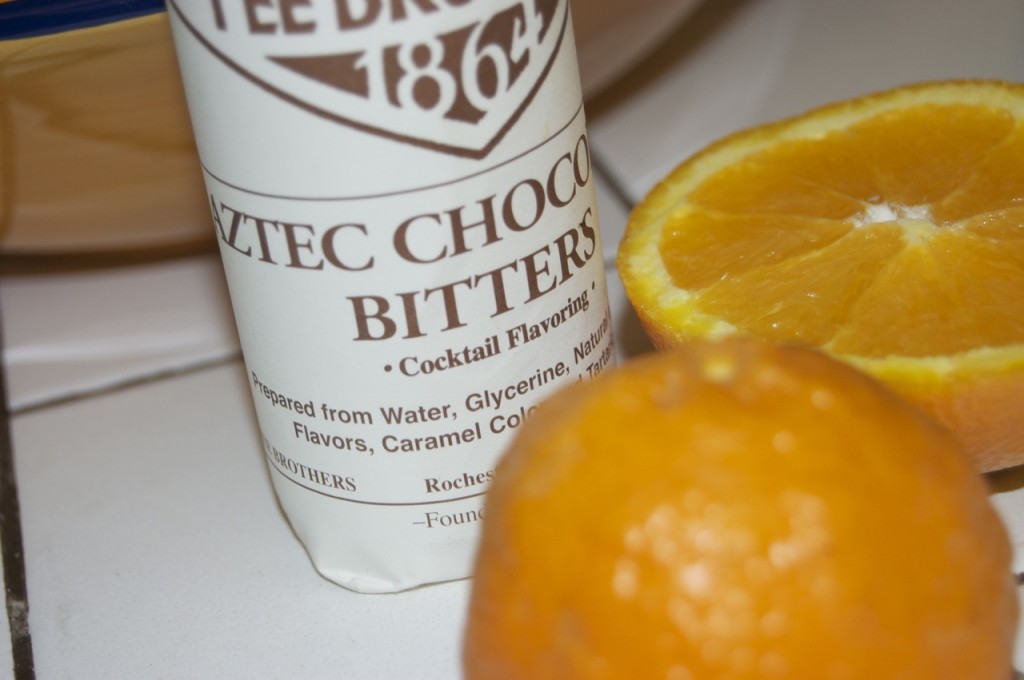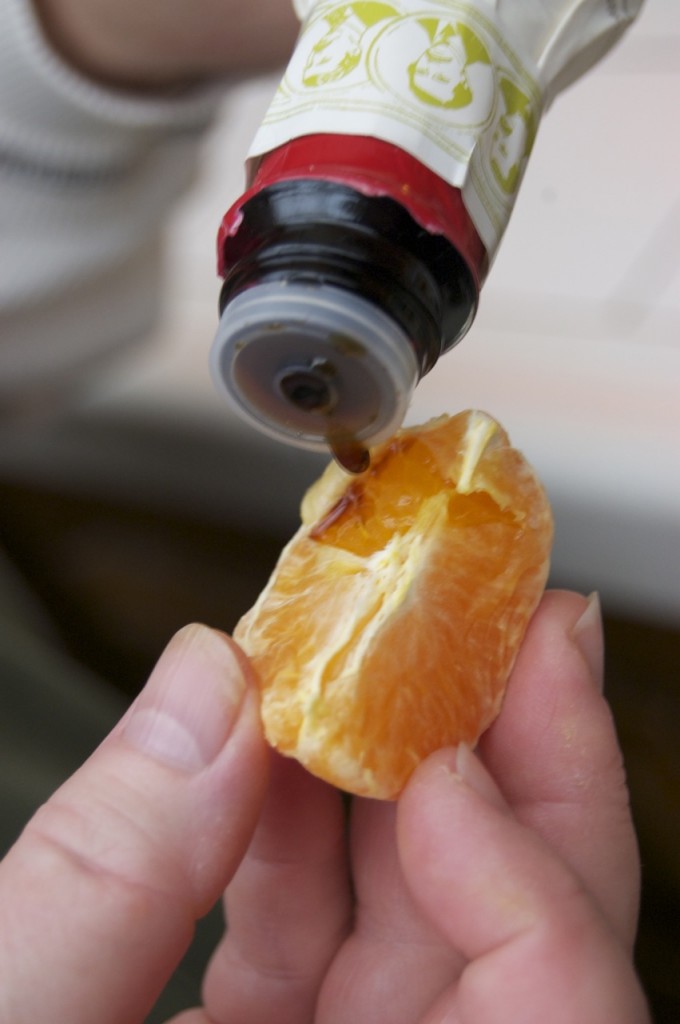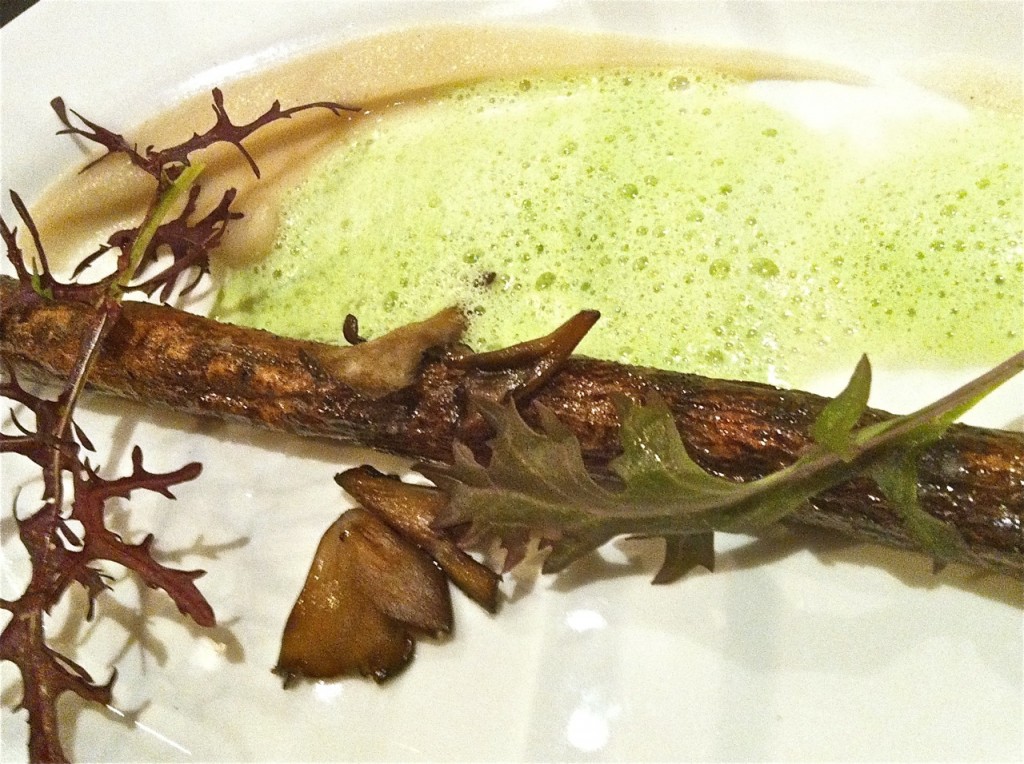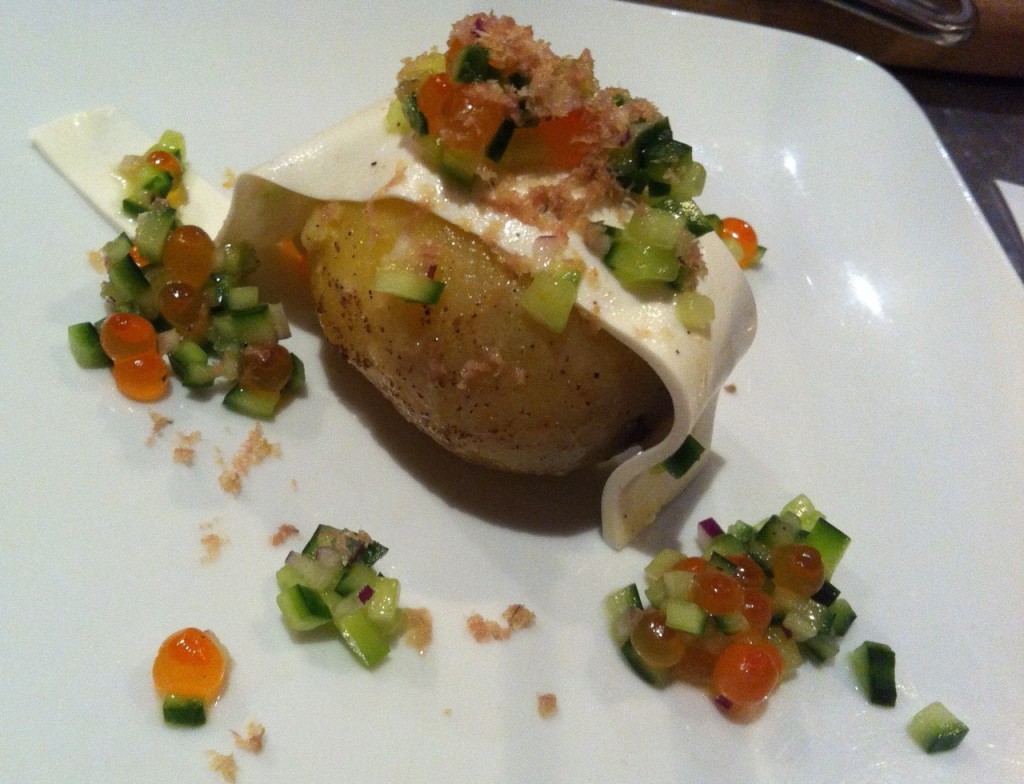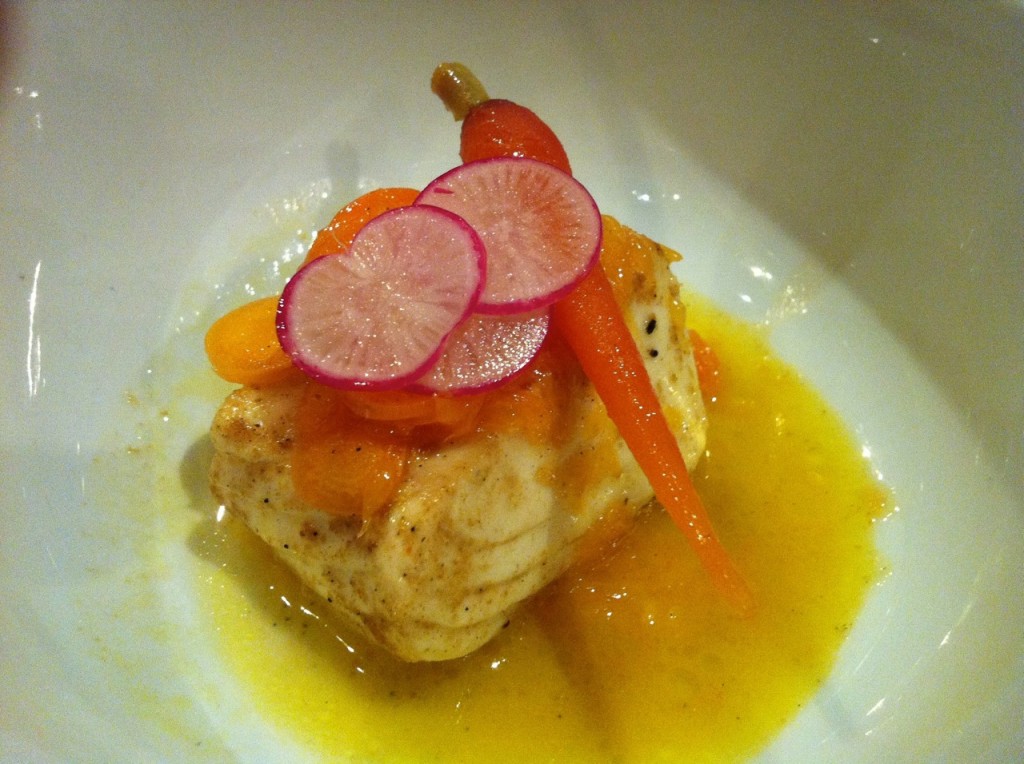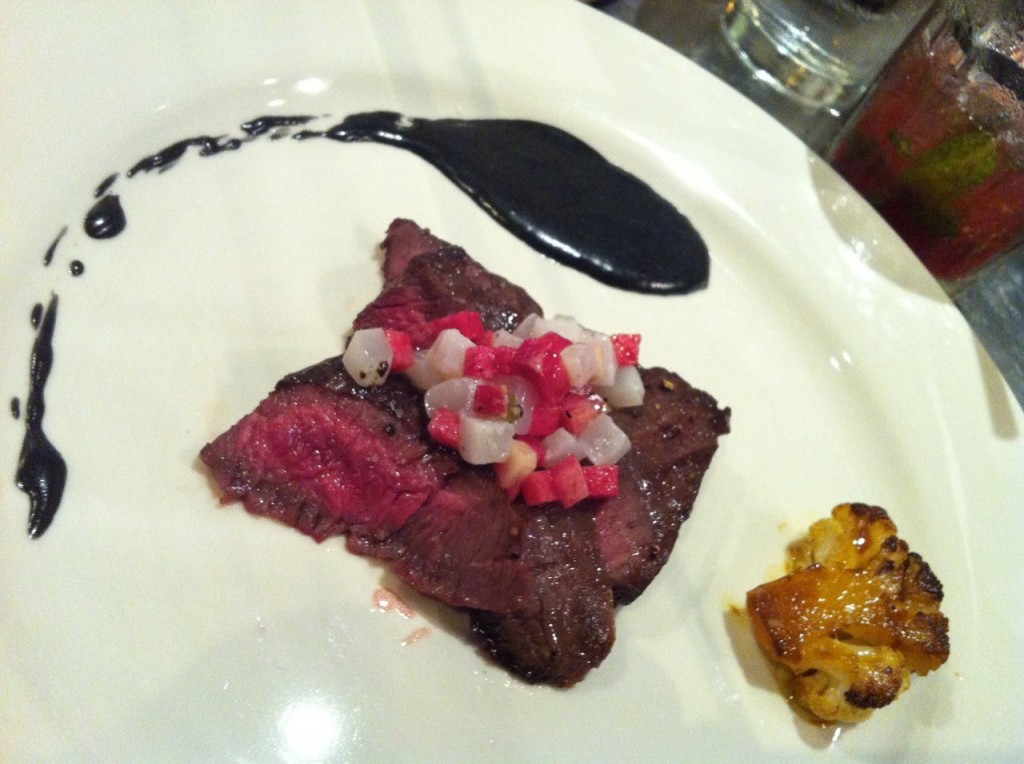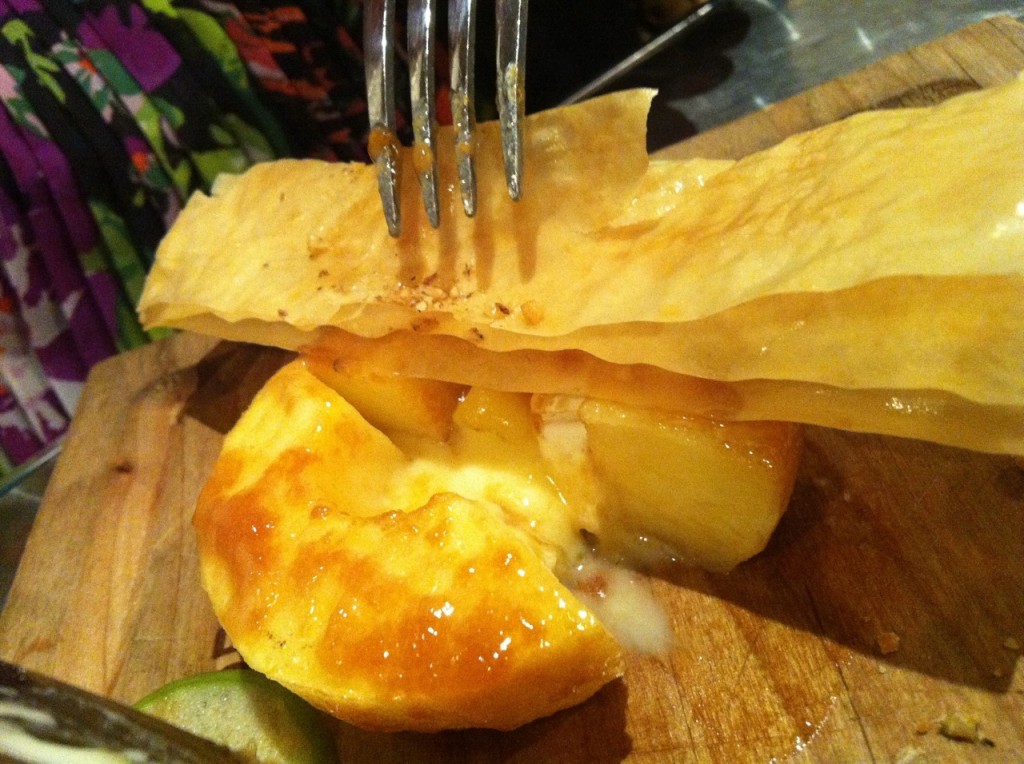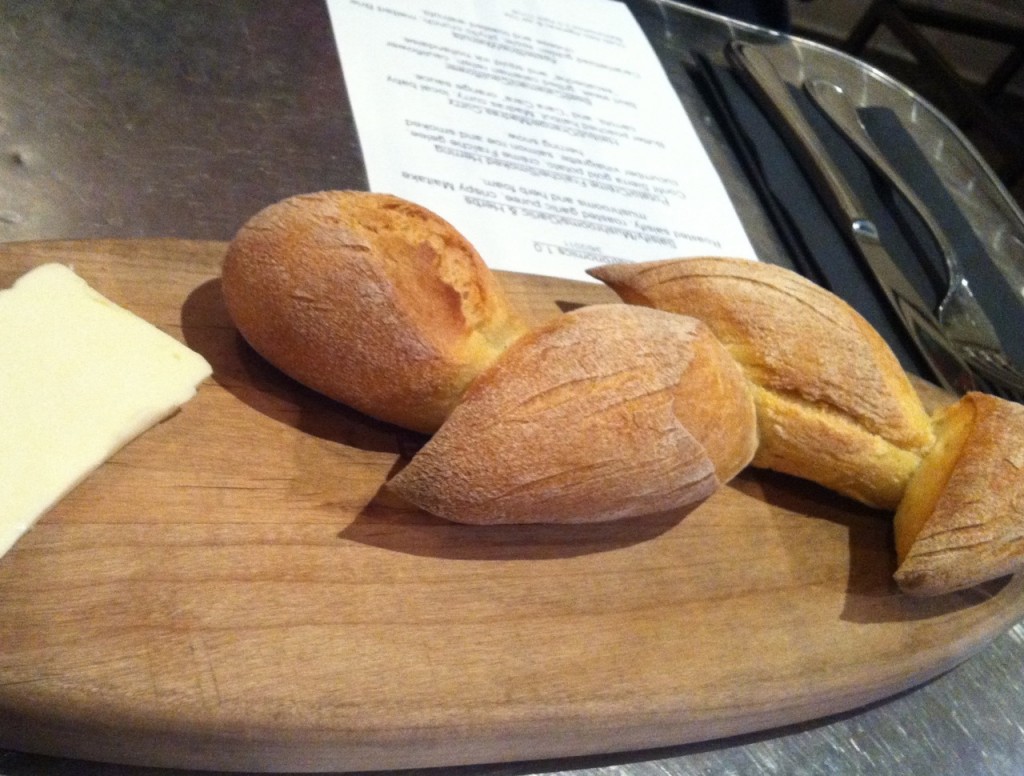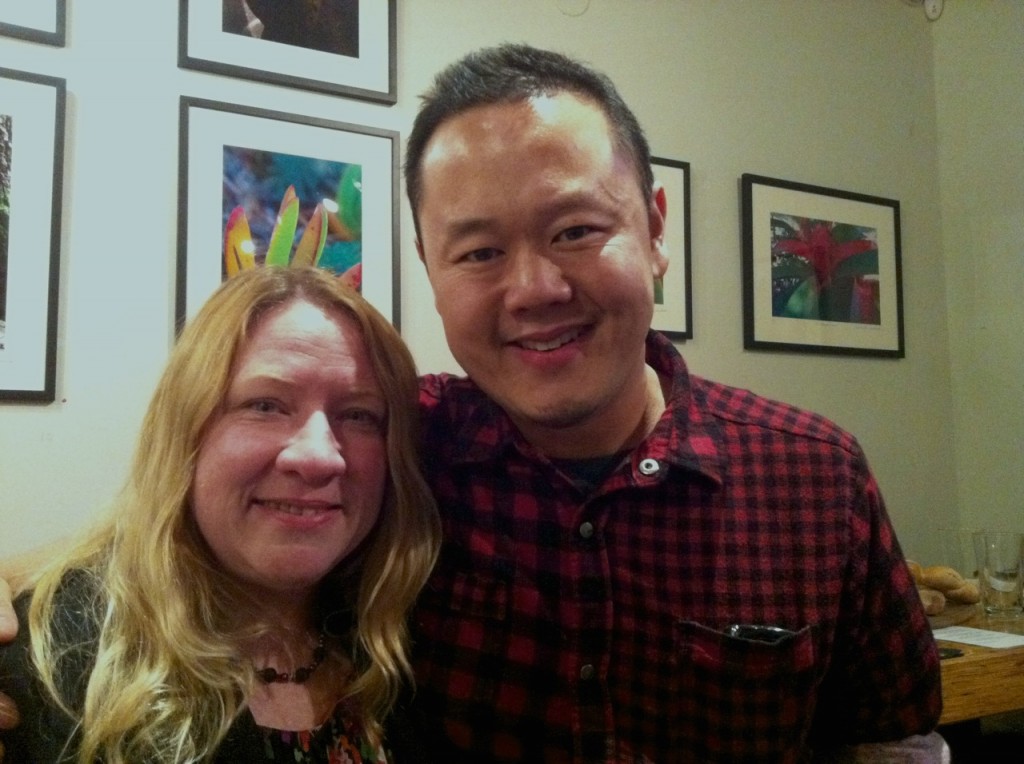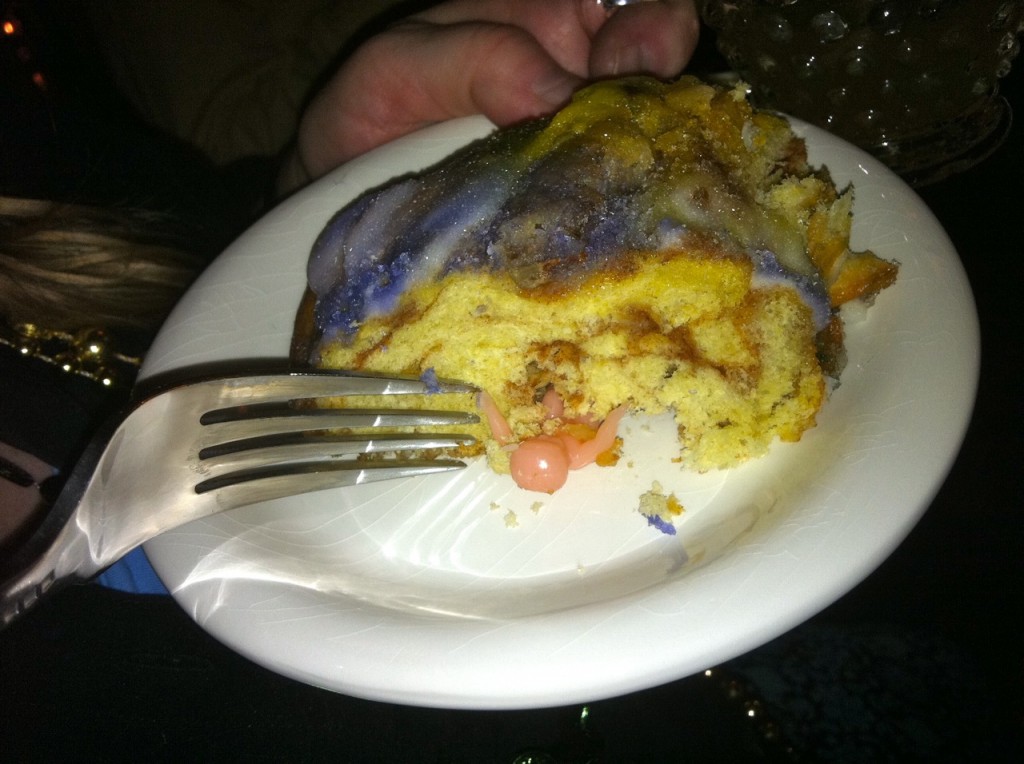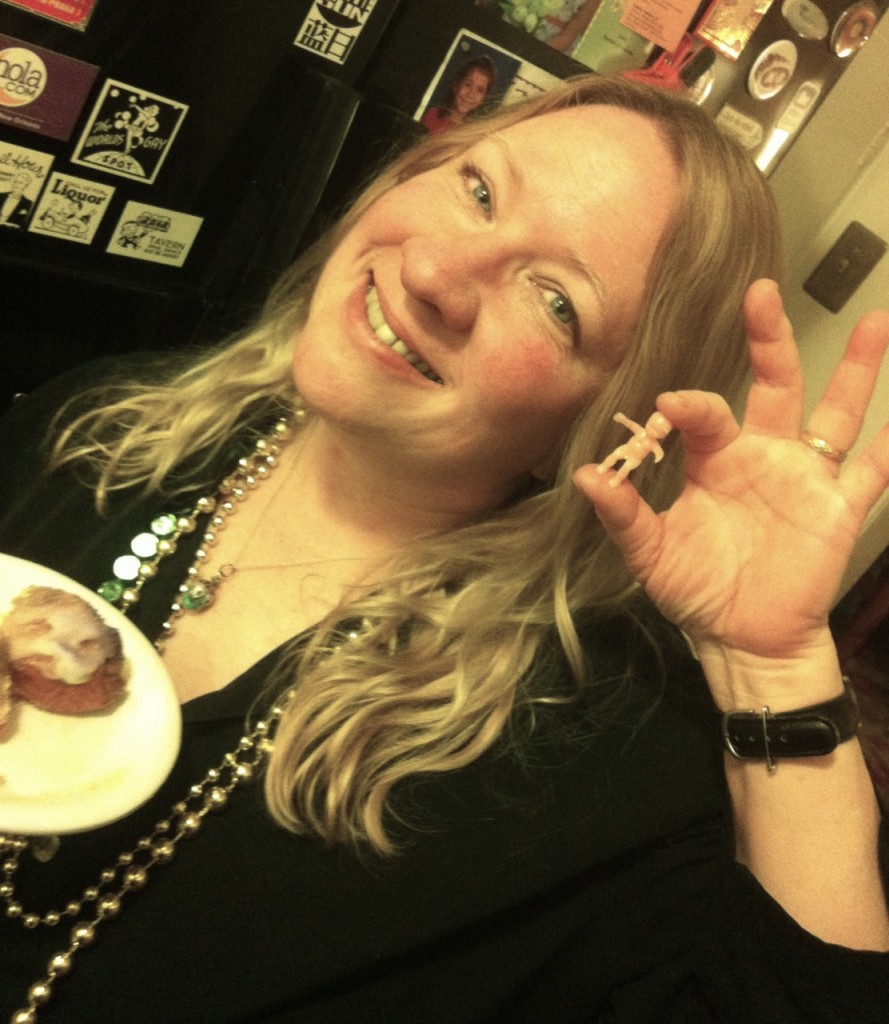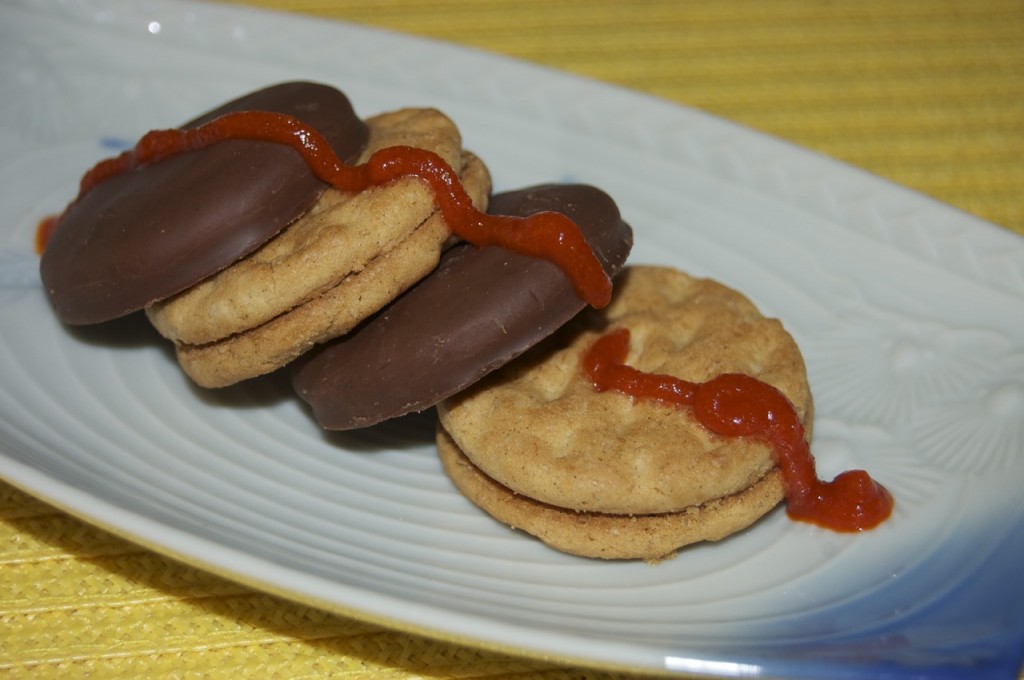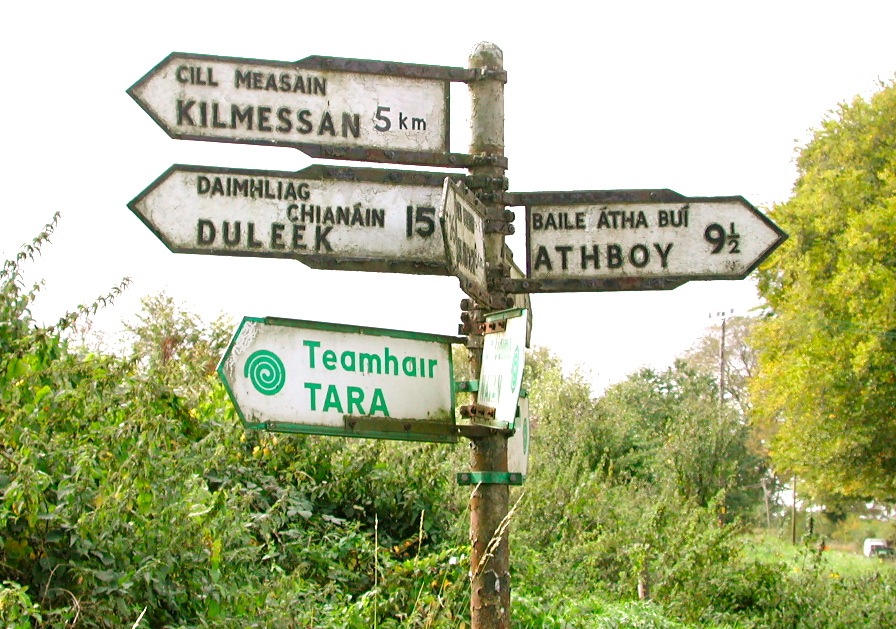
Which way to a genuine Irish celebration?
Once during a St. Patrick’s Day pub crawl, I saw a bruiser of a guy swagger down the street wearing an ill-fitting dress and a lopsided wig, his face painted bright green. When some revelers on a balcony howled at him, he turned, lifted the back of his skirt and mooned them. We all discovered that his face wasn’t the only thing he’d painted green! The partiers on the balcony roared with approval and raised their glasses filled with green-dyed beer to salute what they perceived to be his Irish, um, chutzpah.
This didn’t happen in Ireland, and quite frankly, none of it had anything to do with St. Patrick’s Day. The Irish don’t spend the day getting knee-walking drunk on green beer. Nor are they prone to painting their posteriors green on the occasion that honors their patron saint.

St. Patrick at the Hill of Tara
Traditionally the Irish celebrated St. Patrick’s Day as Americans would Thanksgiving. Families began the day at church, then gathered at someone’s home for a special meal. While the day has metamorphosed into a celebration of national pride, for the Irish it’s still about the food and the fellowship.
Corned beef and cabbage, the dish perceived to be authentically Irish, is not Irish at all. Historically, both beef and salt were dear in Ireland, too expensive for most. For those who owned cattle, their livestock was far too precious to slaughter for meat–their cows were a source of dairy. Corned beef was brought to the New World by Jewish immigrants, whose neighbors in cities like New York and Boston were Irish immigrants. These new arrivals couldn’t afford pork, so they went to their Jewish neighbors and picked up a substitute that was available and in their price range. It wasn’t their beloved joint of pork, but corned beef helped ease the sting of longing for their traditional foods (just one of many instances in which immigrants have had to make do with what they can find to replace what they miss from home). While you can actually find corned beef in Ireland these days, it’s mainly there to satisfy tourists who expect it.
I’d like to share a recipe for the dish Irish immigrants were yearning for, traditional bacon and cabbage with mustard sauce. I got it from the lovely folks at Bord Bia, a Dublin-based agency that provides information on Irish food to Ireland and its guests. I’m including a recipe for Irish soda bread, too. It’s not as scary or unpleasant as you might have thought. You just have to know the secret to making it. And I’ll tell you just what that secret is.
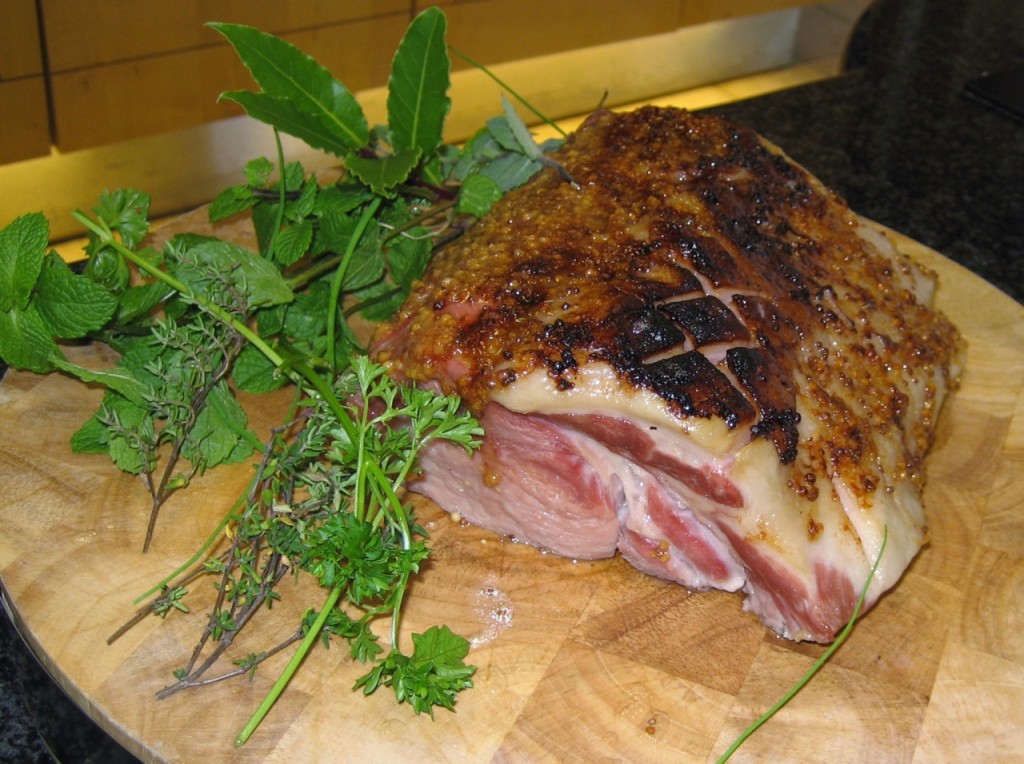
a traditional Irish joint of bacon
Bacon and Cabbage with Mustard Sauce
3-lb. loin of bacon (called a joint in Ireland & Great Britain); no, it’s not sliced! Check your grocery’s meat department to see if you can order one.
1 carrot
2 celery stalks
2 leeks
1 tsp. black peppercorns
Topping
1 Tbsp. Irish mustard (or stoneground)
1 Tbsp. oven-dried breadcrumbs (you can cheat & use panko)
1/2 Tbsp. brown sugar
A knob of unsalted butter, room temperature (this rather imprecise measurement is common not just in Ireland but in older American cookbooks as well; a knob of butter would be roughly the size of a walnut)
Mustard Sauce
4 Tbsp. unsalted butter
1 oz. flour
1 Tbsp. Irish mustard (or stoneground)
1/2 cup heavy cream
2 lbs. cabbage, cleaned, cored and finely sliced
1 Tbsp. unsalted butter
Preheat the oven to 400ºF.
Place the bacon in a large saucepan, add chopped vegetables and peppercorns, and cover with cold water. Bring to a boil, then reduce the heat to low and simmer gently for about 20 minutes per pound. While the bacon is simmering, mix the ingredients for the topping and set aside. When the bacon is done, remove it from the saucepan, discard those spent vegetables and reserve the liquid. Remove the rind from the bacon and score the fat (don’t you DARE get health conscious and toss it out! I promise you I’ll hear it hit the trashcan, and I’ll have to come after you! Just take a walk–not a nap–after you eat.). Place the bacon on a roasting dish and coat it with the topping. Bake in the preheated oven for 15-20 minutes.
While the bacon is in the oven, cook the cabbage lightly in a medium saucepan with some of the cooking liquid. Drain well and toss in 2 tablespoons of butter. Season to taste. Set aside and keep warm.
Prepare the sauce by melting the other 2 tablespoons of butter in a small saucepan and stirring in the flour and mustard. Cook the mixture for a minute or two. In a small bowl, whisk together the heavy cream with some of the reserved liquid, then whisk this into the mustard mixture. Bring to a boil, then reduce the heat and simmer for 3-4 minutes. Adjust to taste with salt and pepper. The sauce should have the consistency of thin cream. Set aside and keep warm.
Slice the bacon and serve on a bed of cabbage, topped with a little of the mustard sauce. Enjoy with fluffy mashed potatoes and a big ol’ glass of Guinness.
Irish Soda Bread
Horror stories about Irish soda bread are almost as plentiful as those about fruitcake, an unfair thing to do to a lovely but misunderstood bread. Essentially, soda bread is a type of quick bread that appeared in Ireland after the introduction of baking soda in the 19th century. This chemical agent enabled housewives to get a loaf of hot bread mixed, baked and onto the table in less than an hour, making it Ireland’s culinary guest of honor.
The problem with making soda bread, though, is that if you don’t know a certain trick, it will come out heavy, dense and unappealing. Once you know the secret, however, you can produce a loaf that is light, fluffy and delectable every time.
The secret is this: Once you’ve added the buttermilk to the dry ingredients (including that all-important baking soda), you must get the dough into the hot oven as quickly as possible. If you dawdle, the buttermilk and baking soda gang up on the other ingredients, and the whole thing gets quarrelsome and toughens up. This means you must have everything ready up front, and, most importantly, the oven must be preheated to the correct temperature before the loaf goes into it. If you are organized and work quickly, the resulting soda bread will be light and airy.
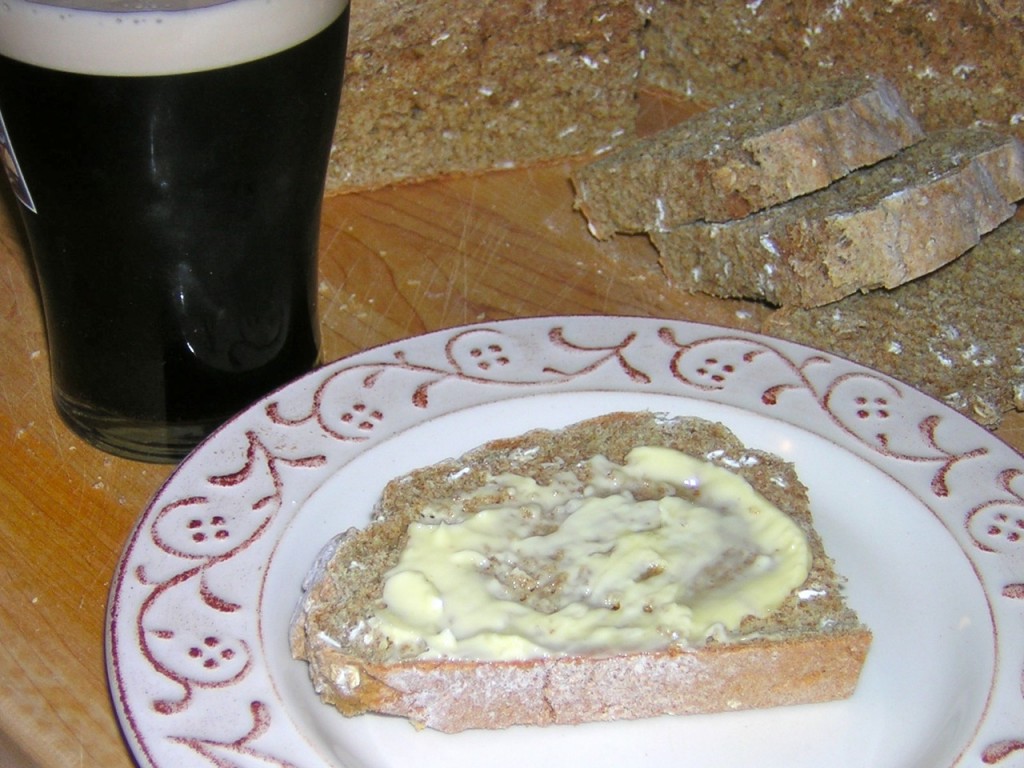
Irish soda bread
Irish Soda Bread
Yield: 1 loaf
This recipe is adapted from one by Myrtle Allen of Ballymaloe House in County Cork.
3 1/4 cups whole wheat flour
1 1/4 cups all-purpose flour
2 teaspoons salt
1 1/2 teaspoons baking soda
a scant 1/2 cup of oats (the real stuff, not those little packets of instant breakfast goo)
about 2 1/2 cups buttermilk
Before you touch those ingredients, do the following three things first:
- Preheat your oven to 425ºF and position the rack in the middle.
- Butter a sheet pan and set it aside.
- Lightly dust a cutting board or other smooth, clean work surface with a bit of flour and set it aside.
Now it’s time to get down to business…
Sift the two flours, salt and baking soda into a large bowl, mix them well and then stir in the oats.
Make a well in the center of the dry ingredients, pour in the buttermilk and stir to combine (add a tablespoon or two more buttermilk if it’s too dry or a bit more flour if it’s too wet).
As quickly as possible, turn the mixture out onto a lightly-floured work surface and pat it into a round of about 8 or 9 inches in diameter-this isn’t yeast bread, so don’t bother kneading it; just be sure it’s all combined.
Take a sharp knife and cut an X deeply into the dough all the way across in each direction, cutting the dough almost completely into quarters. (Depending on which bit of folklore you believe, cutting the X in the dough lets out either the fairies or the evil spirits. If you see either, please e-mail me!)
Place the round of dough on the buttered sheet pan and bake it in the preheated oven for 15 minutes.
Then reduce the temperature to 350ºF and bake for an additional 20 to 25 minutes, until the bread is golden brown and sounds hollow when you rap the bottom of the loaf with your knuckles.
Move it to a rack immediately and let it cool there, so moisture doesn’t condense on the bottom.
Even if you don’t make the traditional bacon and cabbage, this bread is fantastic with a bowl of hearty soup, a glass of Guinness and a good semi-firm cheese, or with a simple smear of butter (not the ugly M-word!) or jam.
Enjoy!
If you wonder why I’m talking like such a smarty pants know-it-all, it’s because I have traveled extensively in Ireland and offer culinary tours there. Drop me a note at carol >at sign< hungrypassport >dot< com if that piques your curiosity.

